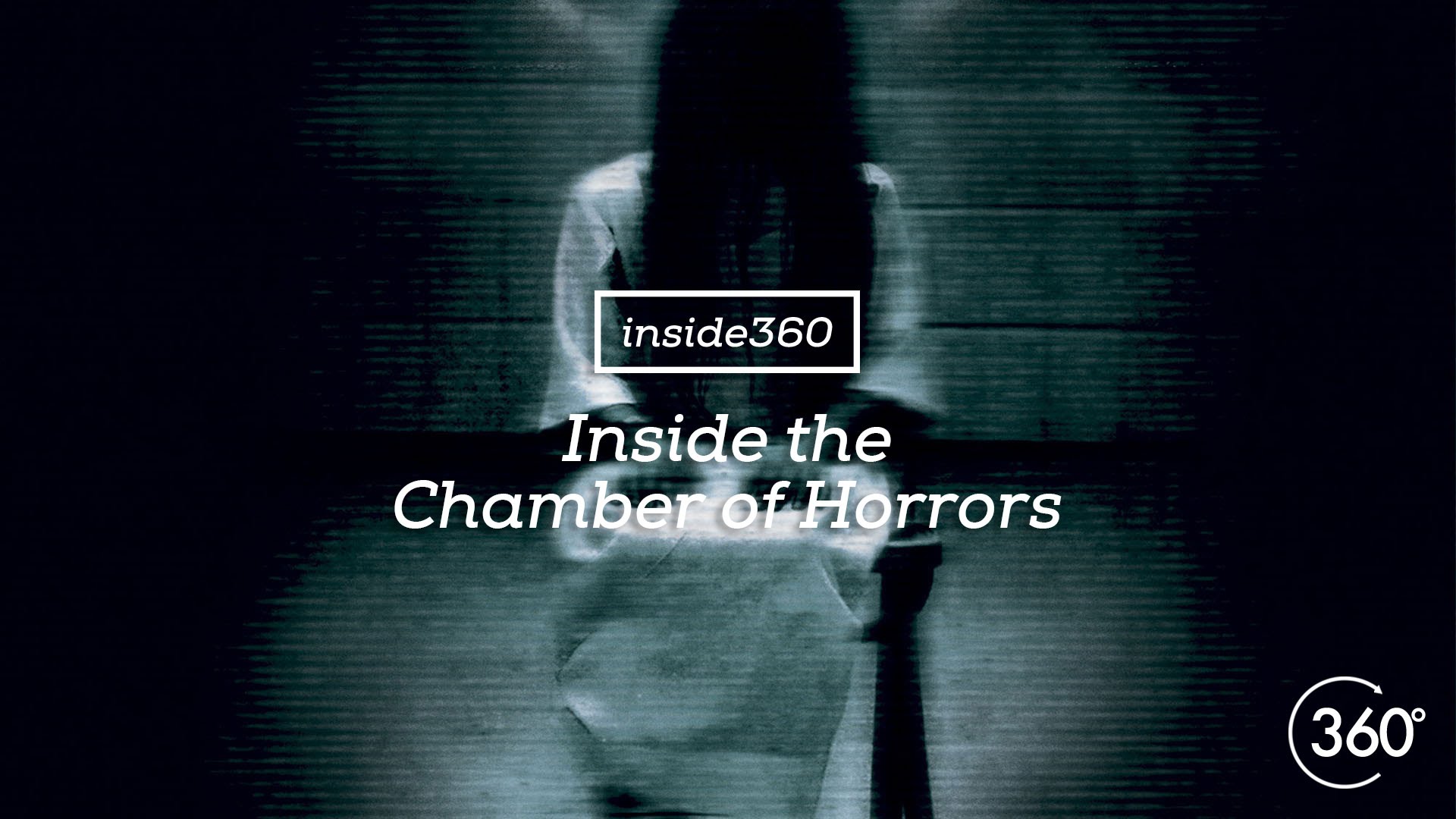Inside the Chamber of Horrors
Horror movies are even scarier in virtual reality, and Inside the Chamber of Horrors is one of the creepiest VR experiences by far. 18+
Chamber of Horrors is a nightmarish new demonstration of the immersive powers of VR technology.
Enter the disturbing experience of a torture chamber in first person view.
Free!
Horror movies are even scarier in virtual reality, and Inside the Chamber of Horrors is one of the creepiest VR experiences by far. 18+
Chamber of Horrors is a nightmarish new demonstration of the immersive powers of VR technology.
Enter the disturbing experience of a torture chamber in first person view.






